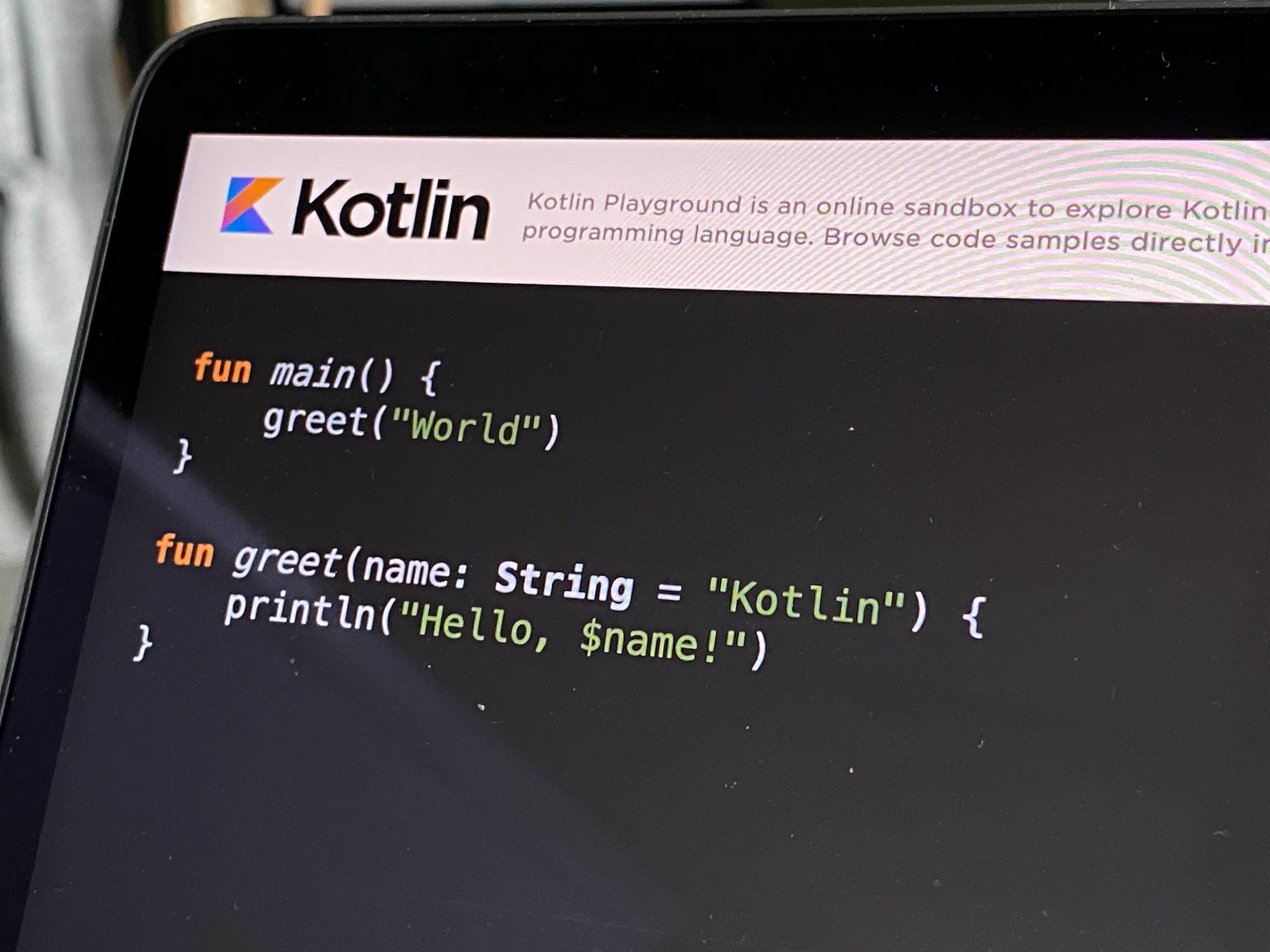Introduction
React Native is a popular framework that allows developers to build cross-platform mobile applications using JavaScript. With React Native, developers can write code once and deploy it on both iOS and Android platforms, saving time and effort. In this blog post, we will explore the pros and cons of building cross-platform apps with React Native.
One of the major advantages of using React Native for cross-platform app development is the ability to write code in JavaScript. JavaScript is a widely-used programming language that is easy to learn and has a large community of developers. This means that developers who are already familiar with JavaScript can quickly start building mobile apps using React Native.
Another advantage of React Native is its ability to provide a native-like user experience. React Native uses native components, which means that the apps built with React Native look and feel like native apps. This is because React Native translates the JavaScript code into native code, allowing the app to take full advantage of the device’s capabilities.
Furthermore, React Native offers a rich set of pre-built components and libraries that can be used to speed up the development process. These components and libraries are designed to be reusable and customizable, allowing developers to build complex UIs without having to write code from scratch. This not only saves time but also ensures consistency across different platforms.
However, despite its many advantages, React Native also has its limitations. One of the main drawbacks of using React Native is the performance issue. Since React Native translates JavaScript code into native code at runtime, there can be a slight performance overhead compared to fully native apps. This can be especially noticeable in apps that require heavy computations or animations.
Another limitation of React Native is the lack of support for certain native features. While React Native provides a wide range of native components, there are still some features that are not yet supported. This means that developers may need to write custom native code or use third-party libraries to implement these features, which can add complexity to the development process.
In conclusion, React Native is a powerful framework that offers many advantages for building cross-platform mobile apps. Its ability to write code once and deploy it on multiple platforms, along with its native-like user experience and rich set of pre-built components, make it a popular choice among developers. However, it is important to consider the performance overhead and the lack of support for certain native features when deciding whether to use React Native for a specific project.
Pros of Building Cross-Platform Apps with React Native
1. Code Reusability
One of the biggest advantages of using React Native is the ability to write code once and use it across multiple platforms. This means that developers can save time and effort by not having to write separate codebases for iOS and Android. With React Native, a single codebase can be used to build apps that work seamlessly on both platforms.
2. Faster Development
React Native offers a faster development cycle compared to building native apps. Since developers can reuse code across platforms, it significantly reduces the development time. Additionally, React Native provides a hot-reloading feature, which allows developers to see the changes in real-time, making the development process faster and more efficient.
3. Native-Like Performance
React Native bridges the gap between native and hybrid app development by providing a native-like performance. It achieves this by using native components and APIs, resulting in a smooth and responsive user experience. With React Native, developers can build apps that perform as well as native apps, without compromising on the development speed.
4. Large Developer Community
React Native has gained immense popularity among developers, resulting in a large and active community. This means that developers can easily find support, resources, and libraries to enhance their React Native projects. The community-driven nature of React Native ensures that the framework is constantly evolving and improving.
5. Cost-Effective
Building cross-platform apps with React Native can be cost-effective compared to building separate native apps for each platform. By reusing code, developers can save time and effort, which ultimately reduces the development cost. Additionally, maintaining a single codebase is more cost-effective in the long run, as it requires fewer resources for updates and bug fixes.
Cons of Building Cross-Platform Apps with React Native
1. Limited Access to Native Features
While React Native provides access to many native features and APIs, there are still some functionalities that may require custom native code. In such cases, developers may need to write platform-specific code, which can add complexity to the development process. However, the React Native community often provides third-party libraries to bridge these gaps.
2. Performance Limitations
Although React Native offers native-like performance, it may not be suitable for all types of apps. Highly complex or graphics-intensive applications may still perform better when built using native technologies. While React Native has made significant improvements in performance over the years, it may not be the best choice for apps that require extensive hardware or graphics utilization.
3. Dependency on Third-Party Libraries
React Native heavily relies on third-party libraries to access native functionalities and components. While these libraries are often well-maintained and supported by the community, they can introduce dependencies and potential compatibility issues. Developers need to carefully evaluate and manage the use of third-party libraries to ensure the stability and reliability of their applications.
4. Learning Curve
Although React Native is based on the popular React framework, it still has a learning curve, especially for developers who are new to JavaScript or web development. While React Native offers excellent documentation and resources, developers may need to invest time in learning the framework and its best practices before becoming proficient in building cross-platform apps.
5. Platform-Specific UI/UX Differences
While React Native aims to provide a consistent user experience across platforms, there are still some platform-specific UI/UX differences that developers need to consider. Designing an app that looks and feels native on both iOS and Android can be challenging, as each platform has its own design guidelines and user expectations. Developers need to carefully design and test their apps to ensure a seamless user experience on both platforms.
6. Limited Support for Desktop Platforms
One of the limitations of React Native is its limited support for desktop platforms. While React Native is primarily focused on mobile app development, it does not have the same level of support and compatibility for desktop platforms like Windows, macOS, and Linux. This means that if you want to build a cross-platform app that targets both mobile and desktop platforms, you may need to consider alternative frameworks or technologies.
However, there are community-driven projects like React Native for Windows and React Native Desktop that aim to bring React Native support to desktop platforms. These projects are still in their early stages and may not offer the same level of maturity and stability as the official React Native framework.
7. Limited Access to Native Development Tools
While React Native provides its own set of debugging and profiling tools, they may not offer the same level of functionality and integration with the native development environment. Developers may need to rely on workarounds or third-party tools to overcome these limitations.
Despite these cons, React Native remains a popular choice for building cross-platform apps due to its efficiency, code reusability, and the large community support it enjoys. Developers need to carefully weigh the pros and cons before deciding whether React Native is the right choice for their specific app requirements.


